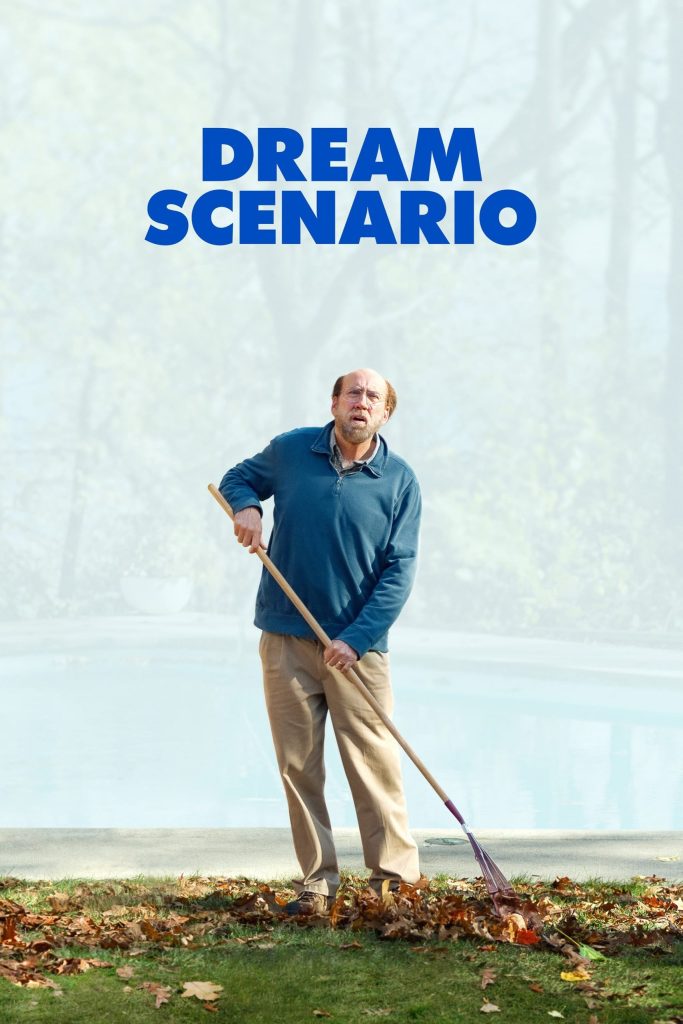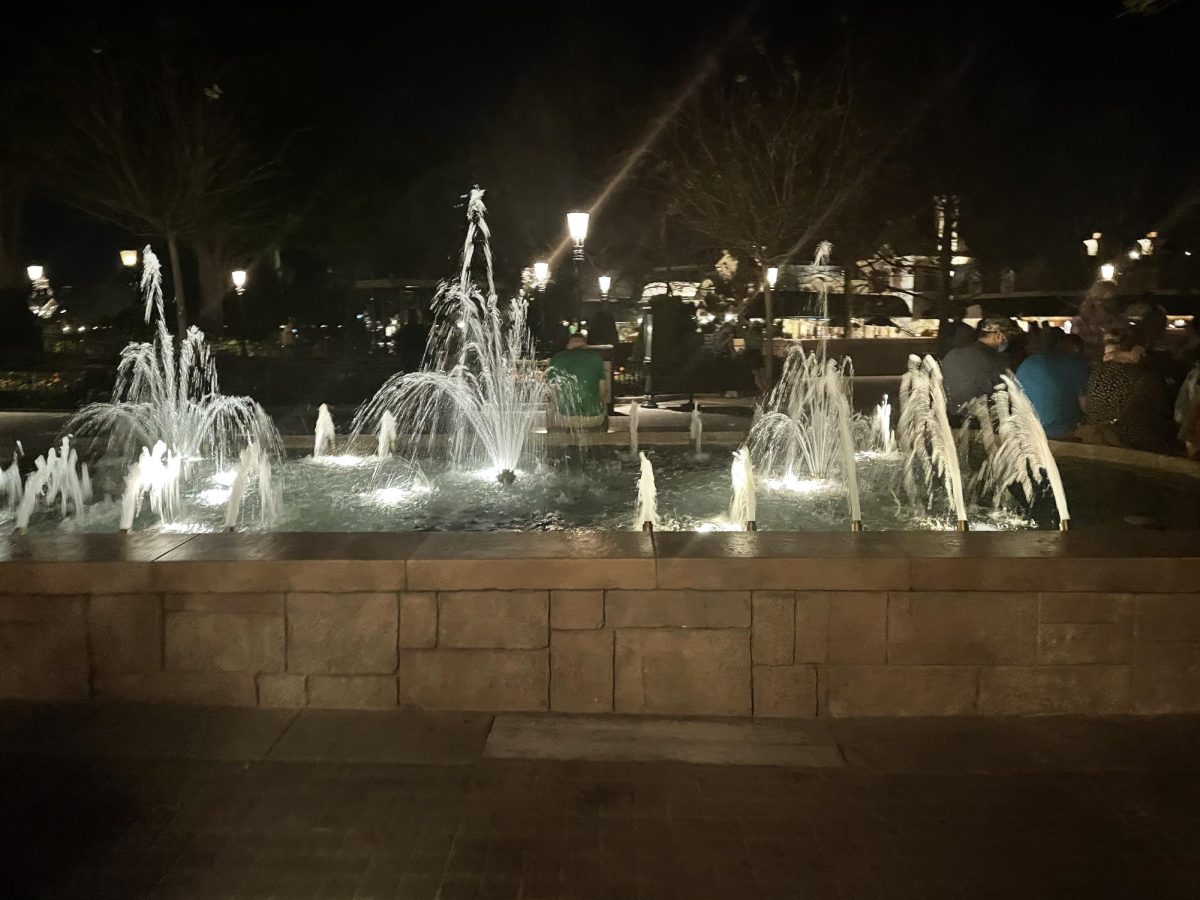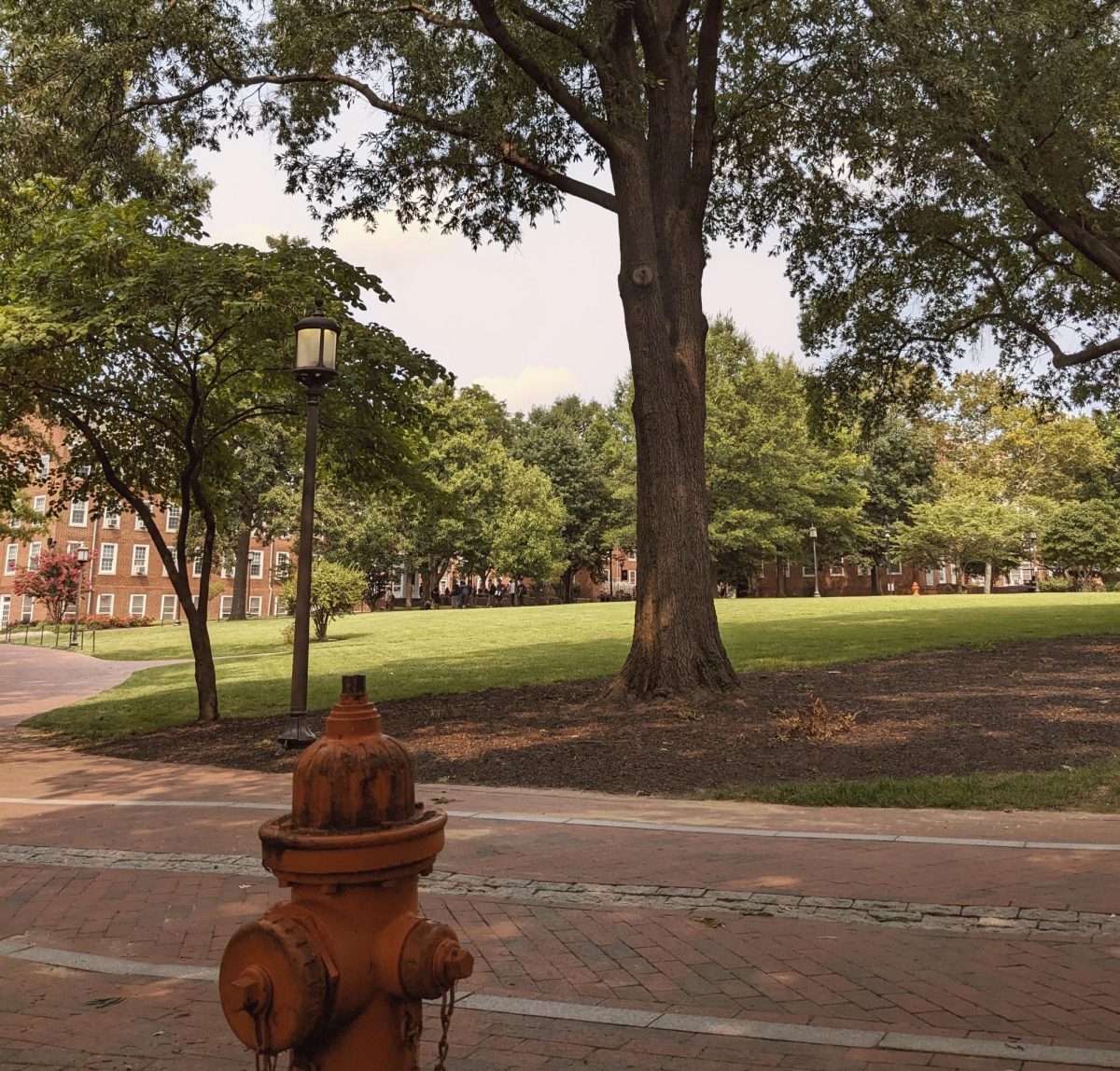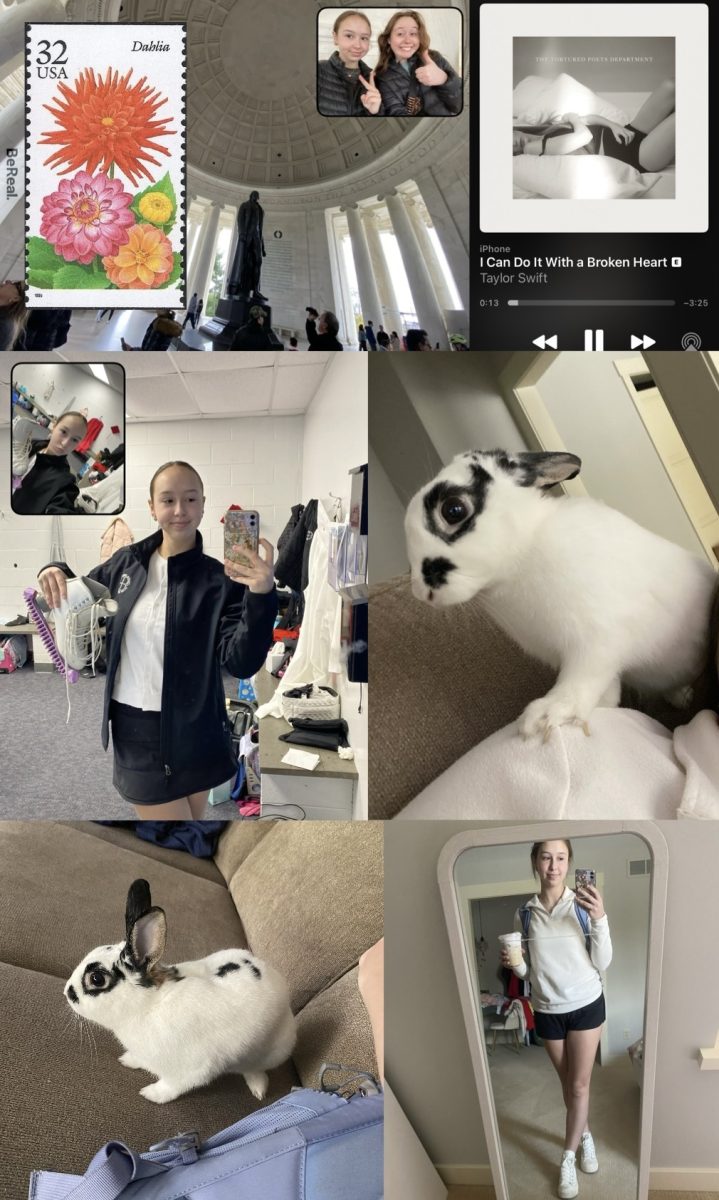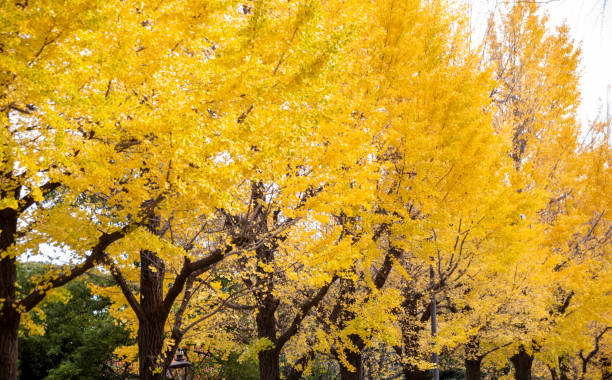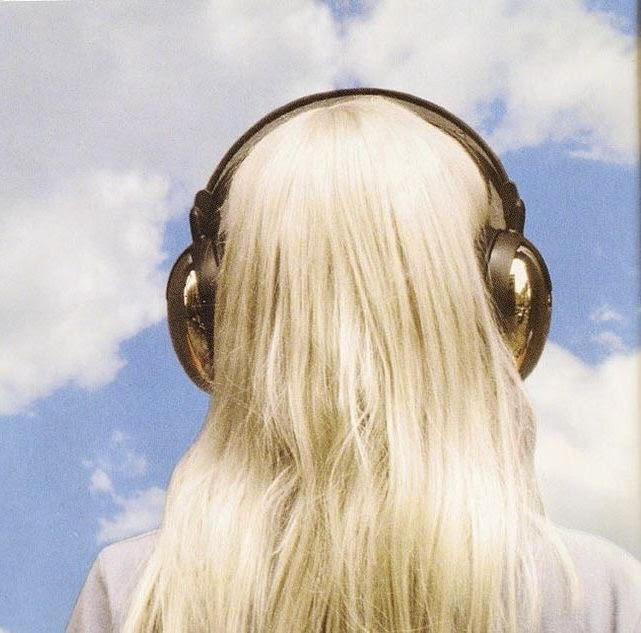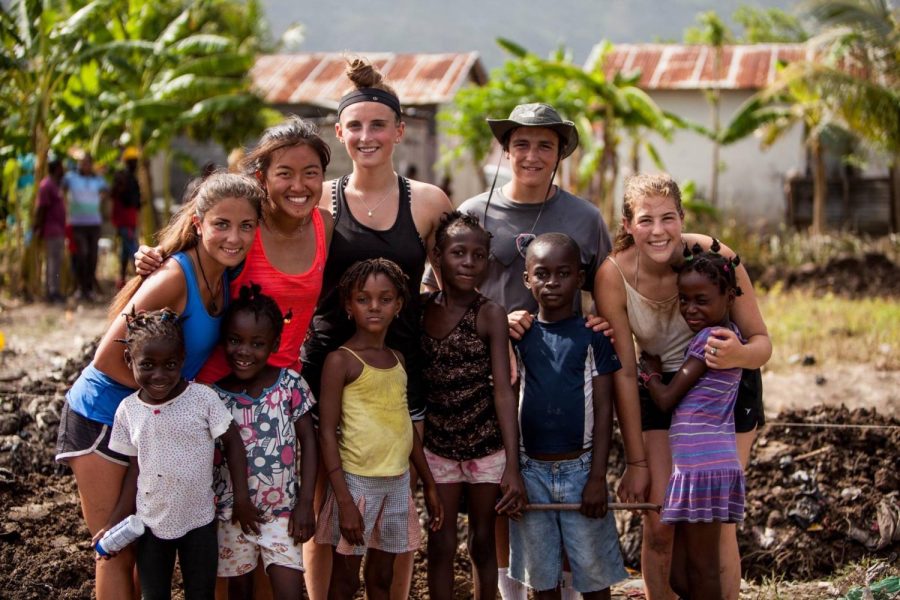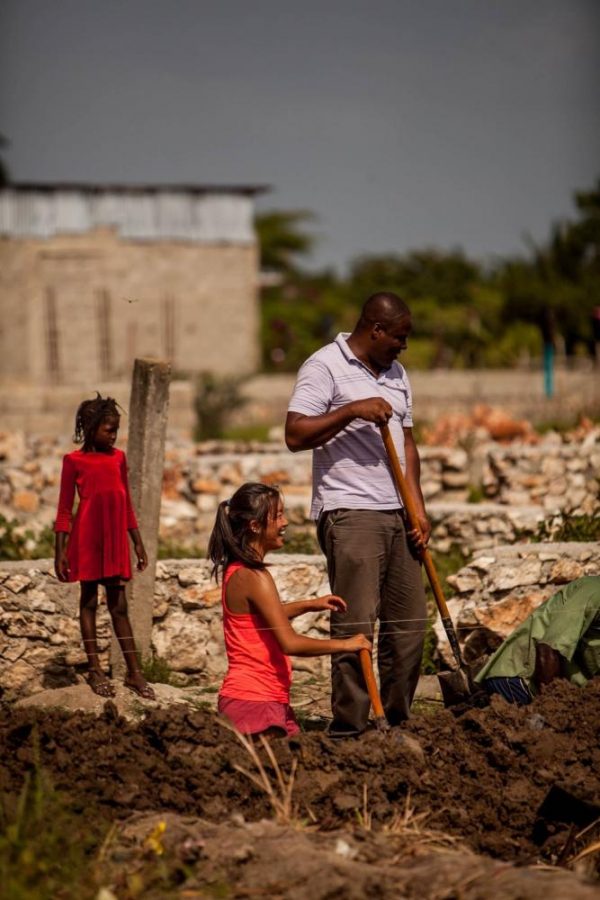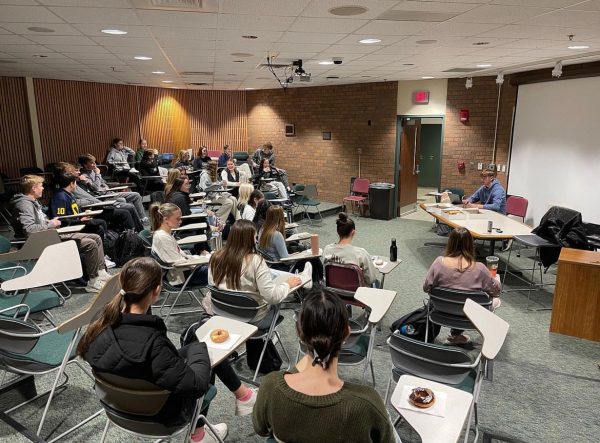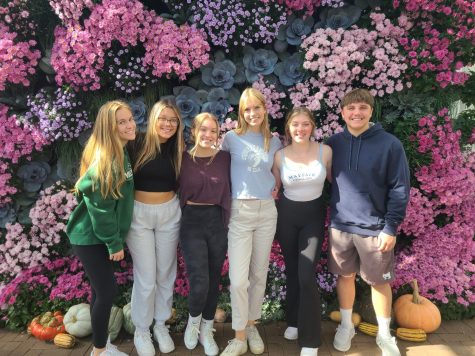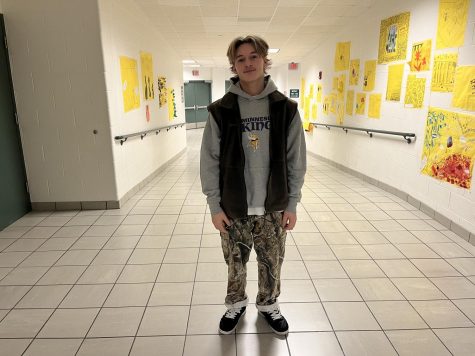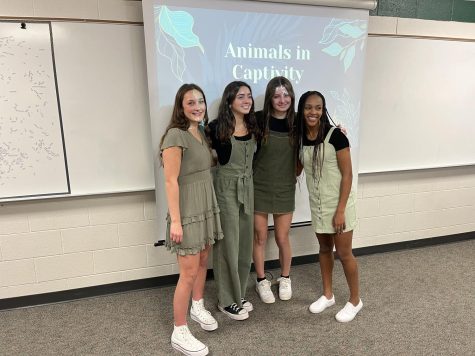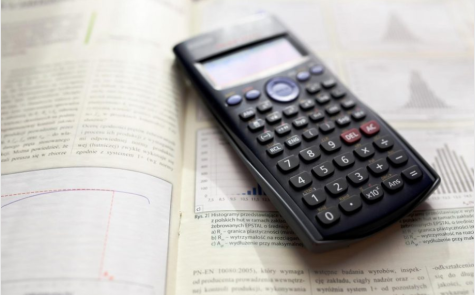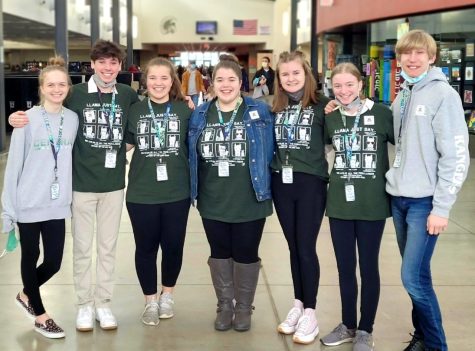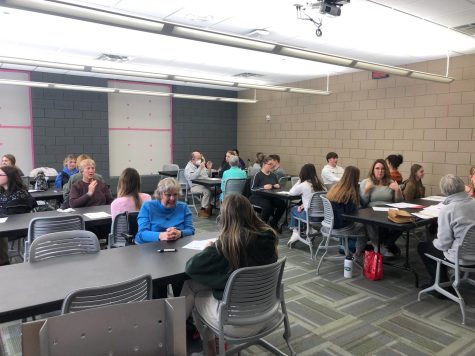FHC students make a difference in Haiti
On August 1, a group of nine determined people left the Miami airport and flew to the CapHaitien airport in Haiti. With diligent minds set on making a difference and hearts ready to serve, they built the foundation of a school and did medical brigades for ten days total. The trip itself was organized by 7 Elements, a non-governmental organization designed to alleviate human insecurities in developing countries and to give young adults opportunities to engage with international development work.
“There was no experience that I can remember in my life that could have possibly prepared me for what was about to happen on this trip,” sophomore Tommy Anderson said. “I learned that I knew virtually nothing about what I was getting into, even with my sister’s stories. [This trip] helped me realize just how well [off] all these countries in Europe, Asia, North America, and all the other places in the world are compared to all these struggling, developing countries [like Haiti].”
Tommy’s sister, recent FHC graduate Carly Anderson, was the leading force in gathering the group together to travel to Haiti. For Carly, this was her fourth trip with 7 Elements, but her first trip to Haiti.
Initially, the group worked on the foundation of a trade school. This involved cleaning up a dump area, building a four-foot deep trench, mixing over sixty bags of cement in two days, and building a flood-proof floor. They partnered with local carpenters who installed wooden beams for the school’s structure. In just two days, they completed all of that work. According to Tommy, it was intense labor, especially with the sweltering heat.
“Over the trip, especially at the beginning, I had a lot of trouble getting used to the heat and humidity in Haiti,” Tommy said. “It was also hard to get over the physical work and constant sweat that was pouring out of my body, making me have to drink very often to stay hydrated.”
The second part of the trip was spent creating medical histories for the local Haitians in Blue Hills and Limonade.
“My favorite part about this trip was the medical brigades and working alongside a real doctor,” Carly said. “[I loved] having him walk me through a step-by-step diagnosis of patients and explaining common illnesses that arose in each community and why they arose.”
It was commonly found that people had UTIs (urinary tract infections) and high blood pressure, and with the money they paid to come on the trip, the group bought medicine to treat these conditions.
“At the medical brigades, we didn’t get to know [our patients] as personally because we saw sixty to eighty patients per day,” Irene said. “It was much harder to make closer connections with them, but they seemed to be appreciating the brigades because we were giving them medicine to help them. We worked with a doctor who also spoke English, and he was Haitian. He taught us how to write out prescriptions in Creole, and that’s how we were able to tell them how and when to takes medicines.”
Although they couldn’t cultivate individual relationships with their patients, the group still made a huge impact on the community. Being that change in an impoverished area was very rewarding.
These trips always impact me in an empowering way. [They] ground me in reality and empower my passion to continue to help.
— Carly Anderson
“The people we helped seemed very appreciative and happy for the work we were doing, especially in Blue Hills,” Tommy said. “They were almost always smiling while we were there (especially the children) and would always want to talk with us even with our limited communication.”
After the constant interaction with the locals, Irene also remarked that the people of Haiti often appeared to be quite content and happy despite certain struggles they faced, like lacking basic necessities or having various medical conditions.
In the U.S., 13.5% of the population lives in poverty, and the average annual income is $51,939. In Haiti- the U.S.’s polar opposite- 59% of the population lives on less than $2 per day, and 24.7% lives in extreme poverty on less than $1.25 per day.
Carly and Irene both noticed the degree of poverty and that disparity was hard to grasp.
“Some difficulties I had on this trip were trying to analyze the extent of the poverty and how it had gotten to that point, like how does this happen to an entire country,” Carly said. “It’s not fair that they have to live like this.”
“It was a completely different way of life, and they’re so used to it,” Irene said. “I came back to the U.S. and realized how extravagant our lives are and how petty people can be. We have the luxury to complain about [the little things].”
Experiencing the deep contrast between the U.S. and Haiti was an eye-opening opportunity, and the group began to understand the desperate need in developing countries like Haiti. Travelling there and working in these communities made a great impact on the group by showing them the struggles of countries so close to home and giving them a chance to help people in poverty.
“These trips always impact me in an empowering way,” Carly said. “[They] ground me in reality and empower my passion to continue to help.”
And on August 11, a group of nine weary people trekked back to the U.S. with hearts full of gratitude for the experience and open minds ready to continue making changes for the better.
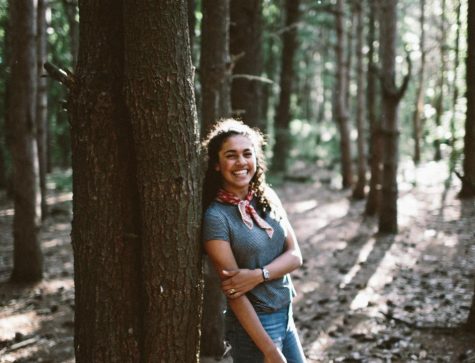
Susannah is a senior who is going into her third year writing for The Central Trend. Despite this being her last year in high school and on staff, she...














